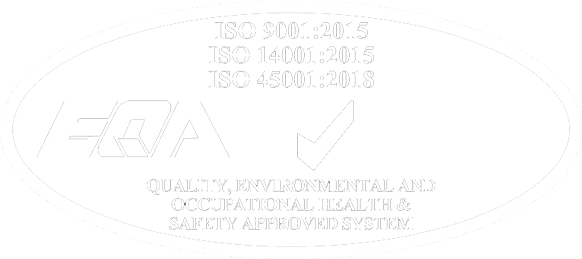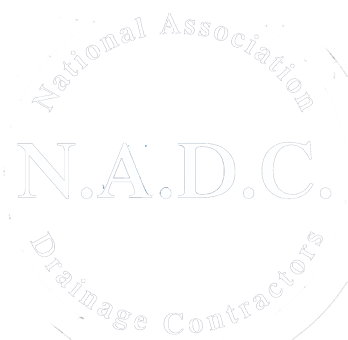We offer a professional Septic Tank Emptying & Cleaning service including soakaway/ percolation area repair and maintenance for customers in the residential sector.
Our aim is to provide customers with a fast, affordable Septic Tank Emptying & Cleaning service.
With years of experience of emptying & cleaning septic tanks, and percolation area/ soakaway systems, our team of specialist engineers utilise the latest technology for cleaning and inspecting each tank.
The EPA recommends to desludge a septic tank at least once a year but this varies with the system’s capacity and use.
You must desludge the septic tank if scum is present in the second chamber or if the sludge comes up to about 400mm from the bottom of the tank.
A minimum of 75mm of sludge should remain in the tank to assist in the reseeding of the new sludge.
Regular maintenance is required to ensure that the septic tank operates effectively and that solids do not enter the percolation area and clog the distribution pipework.
The Waste Collection Permit Regulations came into force in 2001. Anybody, other than a local authority, who collects waste for the purposes of profit or reward, is required by law to hold a Waste Collection Permit.
The WCP must specify the waste type, corresponding EWC code (Septic Tank Waste = 200304) and be disposed of at a licenced waste water treatment plant.
We operate a versatile, modern and efficient fleet of vacuum tankers ranging from 4500 – 33000 litres in size to meet customer needs. This ensures we have the perfect solution for our clients no matter liquid type of site access.
As an ISO 9001, ISO 14001, ISO 45001 and RHOL registered haulier you can be confident that your products are safe in our care.
A septic tank system depends more on the soil in the percolation area to treat wastewater.
A packaged treatment system relies less on the soil but has more mechanical parts to treat the wastewater. Packaged treatment systems, therefore, need more maintenance.
Sludge has to be removed from both types of systems.
The law obliges you to make sure your system is installed, operated and maintained in a way that makes sure it doesn’t pose a risk to human health and the environment.
All of the wastewaters from your home go into your system. The sludge is a build-up of all solids.
The sludge must not build up too much or your system will stop working properly. If the sludge is not removed, it can block the pipes in your percolation area. If this happens it is very difficult to clean and may require replacement – an expensive option! It could also cause a risk to human health and the environment.
Research is ongoing to provide more specific advice, but the sludge should be removed from the tank when the sludge takes up more than half of the liquid depth in the tank or at least every five years.
A minimum of 75 mm of sludge should remain in the tank as it contains billions of the good microbes necessary to help breakdown the new solids. Use a permitted waste contractor and keep your receipt.
If you are a farmer with your own land, you can spread the sludge from your own wastewater system but only but only in accordance with the Waste Management (Use of Sewage Sludge in Agriculture) Regulations.
If you do not have your own land, you must get the sludge removed by a permitted contractor.
Permitted contractors bring the sludge to authorised facilities for treatment. Details on permitted contractors operating in your county are available from your local authority.





© 2024 glancyenviro.ie All Rights Reserved